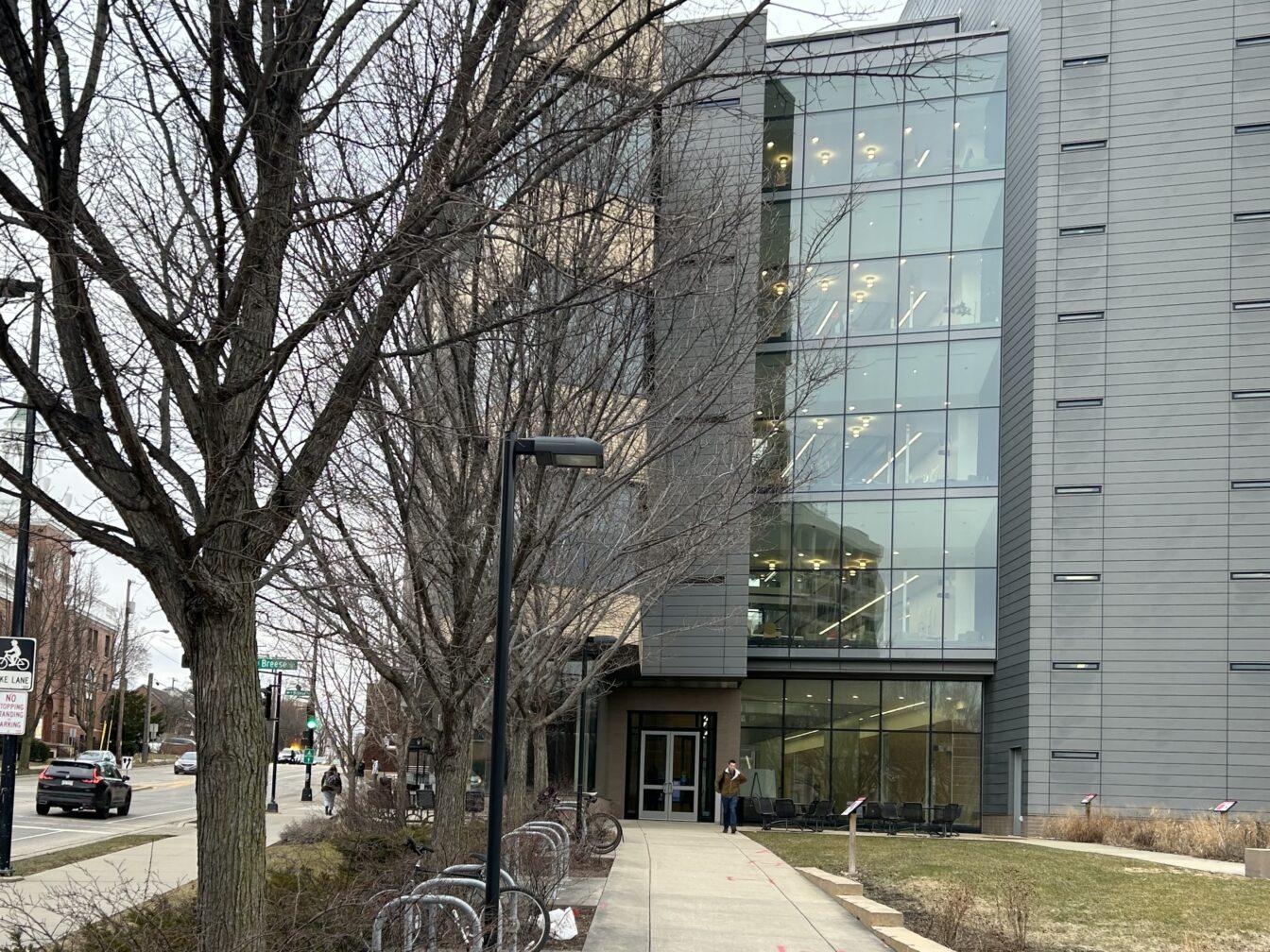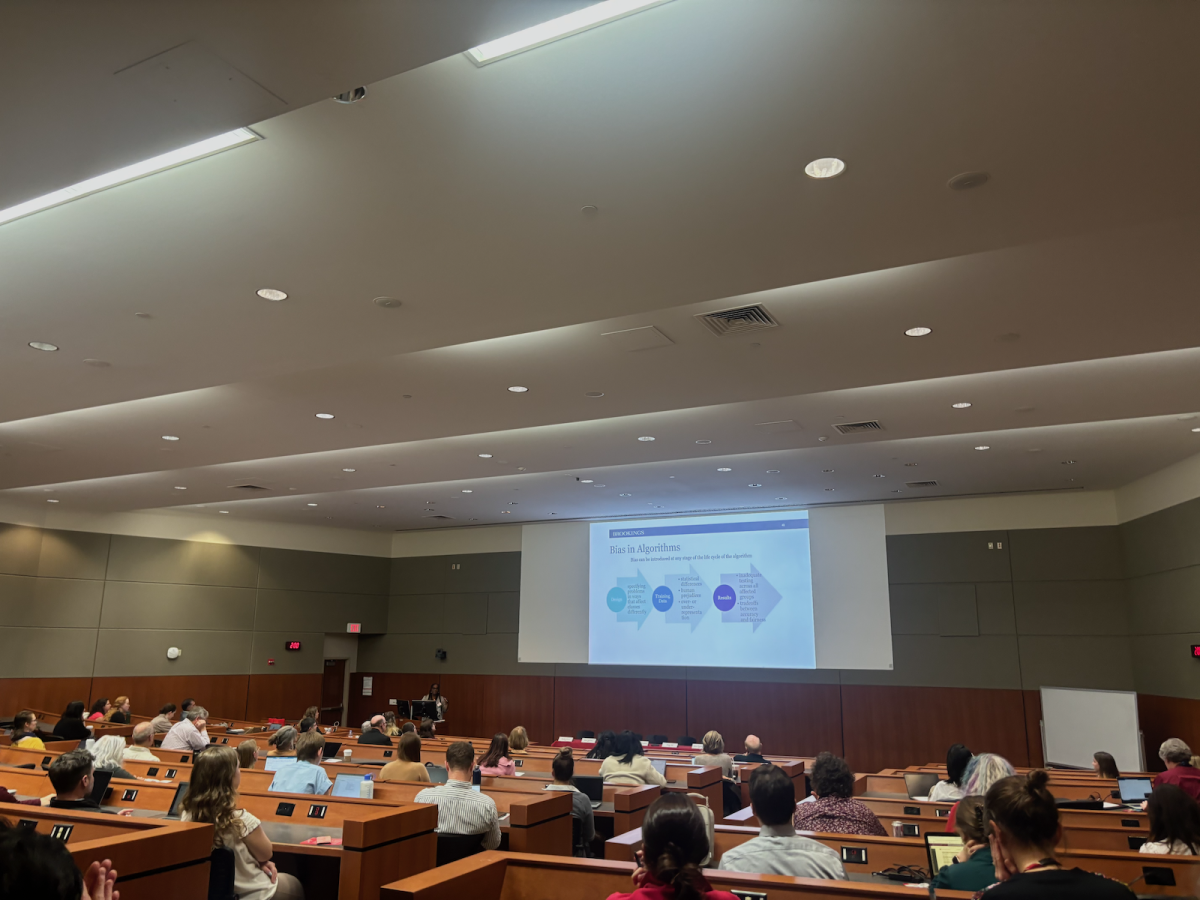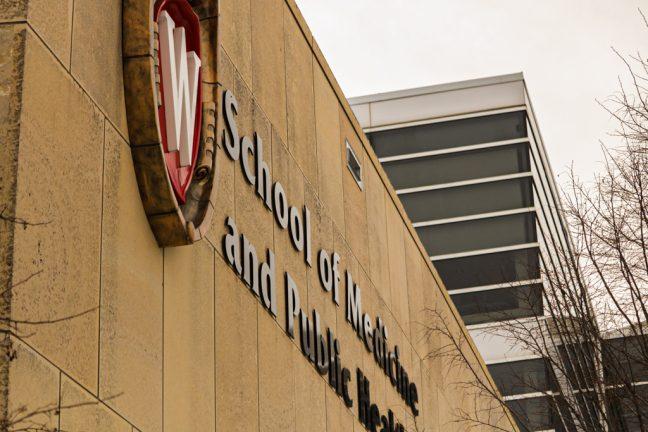Tuesday, the University of Wisconsin Department of Engineering Physics hosted nuclear engineer Peter Yarsky as he presented his mathematical model of the pandemic through the lens of nuclear engineering.
Yarsky is a senior reactor systems engineer for the Office of Nuclear Regulatory Research. He wanted to develop a mathematical model of the pandemic to scrutinize the leading models of the coronavirus in use by the government. He presented a disclaimer at the beginning of his presentation that this is a self-project and in no way represents the views of the U.S. government.
“I think a nuclear engineer will be very familiar with this concept if they looked at the neutron transport equation or looked at conservation equations in the context of thermal hydraulics analysis,” Yarsky said. “Like mass conservation or energy conservation, these kinds of continuity equations are developed by relating the rate of change in some quantity to production and loss terms.”
Through the application of common mathematical models found in nuclear engineering, Yarsky integrated the parameters and factors of the pandemic to visually display the effects of multiple policies meant to mitigate the spread of the coronavirus.
This model, called the susceptible exposed infectious recovery model, or SEIR model, integrates policies such as mask wearing guidance, contract tracing and susceptibility, as well as other factors such as transmission rate. Developed during the spring and summer of last year, the SEIR model is theorized to predict the route of the pandemic while accounting for parameters based on subpopulations and the population as a whole. Characterized parameters are both virus-specific and population-specific.
According to Yarsky, however, the parameters are not fully known due to their variability and the sub-parameters that reside within them. He acknowledged in his Zoom presentation that the pandemic is novel and the model must allow for the novelty of the virus within the parameters.
The Lab Report: Two UW labs in hot pursuit of tracking, surveilling COVID-19 variants
To allow the SEIR framework to account for the novelty of the virus, Yarsky used tuning, the process of adjusting parameters, to base their variables on available population-specific data. A genetic algorithm performed the task of tuning in the SEIR model through optimizing and fitting the data to best represent the quantified cultural information. The use of the genetic algorithm automated tuning and allowed for the model to be applied to multiple scenarios.
According to Yarsky, the SEIR model was evaluated in case studies and displayed an agreement in data, but the model must be compared to surrogate data. The comparison of the SEIR model to surrogate data would confirm the SEIR model can yield meaningful results.
Though Yarsky has not yet accomplished this step, his goal is for his SEIR model is to determine if public policies are sensible in terms of their effect on the pandemic.

















